Posts Tagged ‘IT’
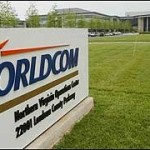
1. Introduction Once the largest provider of internet-based communication services and the second largest long-distance telephone company in the US, WorldCom became one of the most popular case studies for corporate ethics, financial frauds and senior management irresponsibility along with Enron. This article contains analysis of the fall of WorldCom employing four-stage fundamental analysis. The article starts with discussions of business strategy in general and analysis of strategies that exposed WorldCom to major risks in particular. This is followed by analysis of analysis of accounting practices used at WorldCom. Moreover, the article contains discussions devoted to financial analysis and the role of auditors in relation to WorldCom case study, as well as, prospective analysis that addresses valuation models employed by WorldCom accountants. This article is completed by reflecting upon important lessons to be gained from this particular case study for international business practices. 2. Business Strategy Analysis: Strategies and Practices that Exposed WorldCom to Major Risks Business strategy analysis is the first stage of the four-stage fundamental analysis of the business entity. Business strategy analysis associated with in-depth study of effectiveness and sustainability of competitive advantage of the company. Business strategy is a broad topic with multiple facets with varying levels of impacts on firms’ competitiveness and long-term growth. займ на карту мгновенно круглосуточно без отказа According to the framework of Porter’s Generic strategies (1985) businesses can base their competitive advantage on differentiating products and services or offering products and services for competitive prices. Importantly, the choice between is faced by overall businesses entity, as well as, separate segments within the entity. Primarily, WorldCom’s business strategy was most related to cost advantage, offering discount long-distance telephone services, according to the former name of the company Long Distance Discount Services Inc. (LDDS). However, as the company entered the phase of massive expansion…
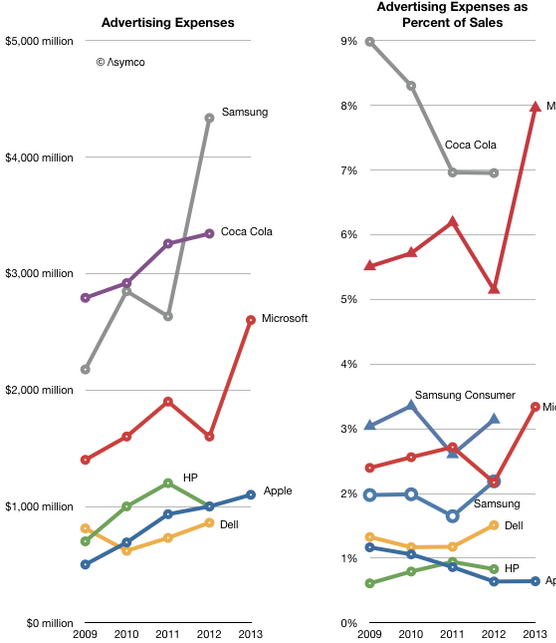
Dell is no longer under any legal obligations to reveal the details of its marketing and other expenses because the company became private as effective from September 2013. Nevertheless, data for the previous periods indicates that the company has been consistently increasing its advertising budget aftermath the global economic and financial crisis of 2007 – 2010. As it is illustrated in figure below, the same strategy has been followed by Dell’s major competitors such as Samsung and Apple, whereas marketing expenses were reduced in 2012 by Dell’s close competitor HP. Changes in Dell advertising expenses[1] Dell marketing message emphasizes low price of its products and the highest level of customization of design and experiences. The marketing message is transmitted to the target customer segment in an integrated manner via advertising, sales promotions, events and experiences, public relations, direct marketing and personal selling elements of the marketing mix. Advertising Dell relies on print and media advertising as one of its main marketing techniques. One of the latest media campaigns named “Future Ready” is a multi-million dollar attempt by Dell to promote its technology solutions for enterprise space makes an emotional appeal by illustrating the role of Dell technology in assisting a little girl receiving a new heart from a donor.[2] “Beginnings” is another noteworthy print and media marketing campaign launched by Dell and the campaign attempts to associate the brand with an entrepreneurial spirit, following the company becoming private in 2013. It is important to note that, “Beginnings” marketing video clip has emerged into a viral video in social media platforms, thus increasing the level of brand awareness to a significant extent. Sales Promotion Sales promotion as a marketing technique is used by Dell in a frequent manner. Dell official website has a dedicated page titled “Dell Coupons, Discounts…
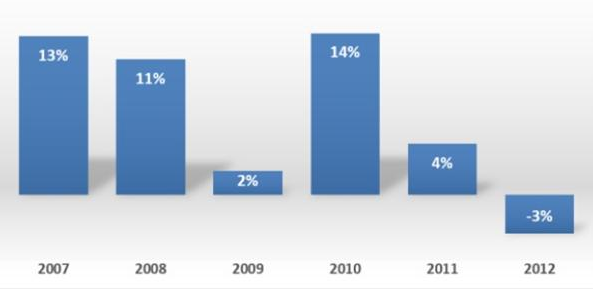
Political Factors Any corporation of a size of Dell is impacted by a set of political factors such as the level of political stability in the country, home market lobbying and international pressure groups. It is important to note that to date there is no evidence of Dell being involved in a political issue, nevertheless, the company is not immune from detrimental impact of political factors in the future. Specifically, there is a risk for Dell and other US-based computing and technology companies to become unwelcome in certain markets, particularly in Russia and China due to spying concerns sparkled mainly after the revelations of whistleblower and former CIA employee Edward Snowden. Moreover, Dell might be impacted by activities of home market lobbying and pressure groups in emerging economies advocating the interests of local computer firms, thus creating barriers for Dell in forms of trade tariffs and other instruments. Economic Factors Dell is directly impacted by a great range of economic factors that include currency exchange rates, interest rates, inflation rate, macroeconomic stability and costs of labor and raw materials. Particularly, currency exchange rate represents a major economic factor that affects Dell business performance directly and significantly because of the global scope of Dell operations. In order to address the negative impact of currency exchange rate and to gain operational efficiency, in February 2015 Dell became the biggest company that accepts bitcoins internationally[1]. Moreover, the global financial and economic crisis of 2007 – 2009 proved to have substantial detrimental impact on the growth of the global PC market, thus affecting Dell’s revenues. As it is illustrated in Figure 3 below, the growth in the global PC market amounted to 13% in 2007, however in 2009 the global PC market grew only 2% as a direct result of the crisis. It…
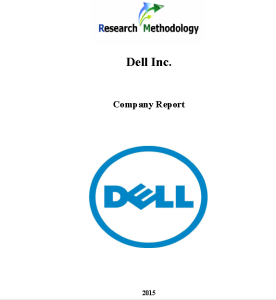
Dell Inc. is a global computer technology company that manufactures and sells PC, tablets, workstations and displays. Dell practices “Direct Business Model” that involves selling products directly to customers without intermediaries. Developed by founder and current CEO Michel Dell, this business strategy has proved to be highly effective in terms of gaining significant cost advantage in competition. Founded in 1984 in Texas, USA, Dell has emerged into one of the leaders in the global marketplace. Currently, the company employs 108,000 people globally and its portfolio comprises award winning products and services. Dell servers have been acknowledged as a product of the year in 2014 by CRN Test Centre and the company has been praised as a leader in Gartner’s Magic Quadrant for Modular Servers . Dell became a private company, as per shareholder agreement reached on September 12, 2013 and the company was acquired by its founder, Chairman and CEO Michael Dell in partnership with a global technology investment firm Silver Lake Partners. According to the agreement, Dell shareholders were provided USD 13.75 per common share and the company shares were delisted from NASDAQ Stock Market in October 29, 2013. There are evidences that after becoming a private company Dell’s current business strategy is associated with making a transition from PC assembler and seller to software developer, a strategy that proved to be successful with another global computer brand IBM. This report contains application of SWOT, PESTEL, Porter’s Five Forces and Value-Chain analytical frameworks towards the case study of Dell Inc. The report also comprises analysis of Dell’s marketing strategy and company’s approach towards Corporate Social Responsibility (CSR). 1. Introduction 2. SWOT Analysis 2.1 Strengths 2.2 Weaknesses 2.3 Opportunities 2.4 Threats 3. PESTEL Analysis 3.1 Political Factors 3.2 Economic Factors 3.3 Social Factors 3.4 Technological Factors 3.5 Environmental Factors 3.6…

This brief article discusses information management processes for health authority focusing on information communication technologies. Information is a vital tool for the health authority and its effective management is the most basic responsibility of administrative management. Information management process for the health authority may include the following stages as proposed by Akwetey (2011): 1. Collecting information. In health authority organisation information can be collected from application forms and other internal and external sources. Moreover, primary data collection can be initiated with the use of surveys, focus groups, experiments etc. 2. Processing information. This stage can be greatly assisted by the application of relevant analytical software and the level of sophistication of such software is rapidly increasing. 3. Analysing the information. Information on its own does not represent value in practical levels; therefore information needs to be transformed into knowledge through critical analysis. 4. Acting upon the information. This last stage in information management process is associated with developing recommendations according to analyses of information and application of recommendation in practice. Dramatic development of information technology and intensive integration of internet in increasing range of organisational processes has increased the level of convenience and effectiveness of each stage in information management process. Specifically, information and communication technologies (ICT) represent an effective platform to be used in data collection, processing of information, and data analysis. ICT applications can be divided into two categories: standard and specialised (Shane, 2008). Standard applications can be used in a wide range of industries and purposes and they include word pressing applications such as Microsoft Word and Text Document, database software such as Access, Oracle etc. Specialist ICT applications, on the other hand, are applications that are industry-specific. Specialist applications available for the health authority include Electronic Patient Record Keeping (EPR), Medical Use Expert System (MYCIN) and others. References Akwetey,…
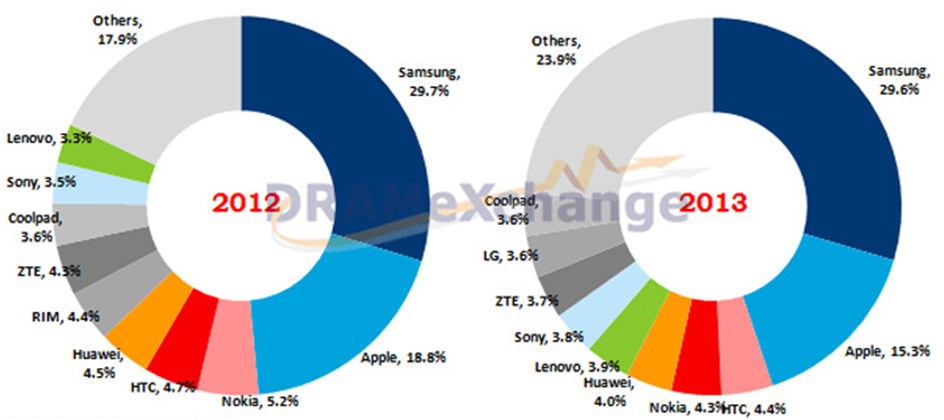
Effectiveness of branding strategy is one of the most important critical success factors in business regardless of industry or geographical location of the company. Donelly (2009) stresses the importance of intangible elements of brands that include social meanings, symbolism, and a type of culture associated with the brand. Boone and Kurtz (2013) confirm this viewpoint and relate the benefits derived from intangible elements of brand to high levels of customer loyalty. Moreover, business scholars convincingly argue that “a brand represents the full ‘personality’ of the company and is the interface between a company and its audience” (Davis, 2009, p.12). HTC has been founded in 1997, and has shorter history and heritage compared to its major competitors. Nevertheless, HTC marketing management has been able to link the brand image with an effective harmony between the price and quality. This marketing message is integrated into the official slogan of the brand ‘quietly brilliant’ that can be interpreted in a way that although HTC does not engage in expensive marketing campaigns, its smartphones can compete with the products of other brands in equal terms. HTC operational cost advantage achieved through economising on marketing and a set of other business processes are passed to consumers to sustain its main competitive advantage of cost effectiveness. Changes in global smartphone market share Source: DrameXchange (2014, online) As it is illustrated in Figure above HTC market share in the global marketplace has decreased by 0.4 per cent, from 4.7 per cent in the first quarter of 2012 to 4.3 per cent of the same quarter of 2013. Generally, the global market of smartphones has grown by 37 per cent during 2012, and the extent of market penetration in smartphone industry within top 19 markets has been assessed at 35.5 per cent and this number is expected to…
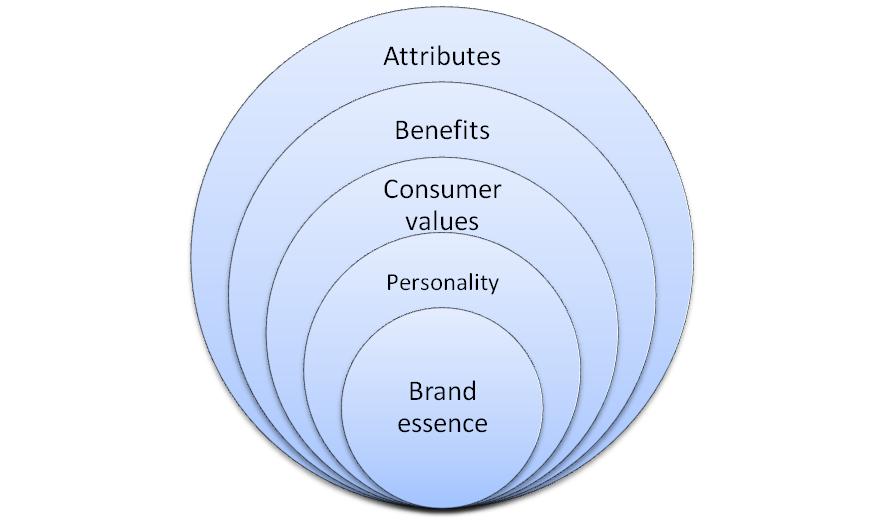
HTC Corporation is a global smartphone designer and manufacturer based in Taiwan and the company has generated the revenues of NT$289 billion in 2012 with consolidated operating margin at 6.51% (Annual Report, 2012). Brand essence represents the core of the company and it is impacted by the following elements that constitute brand essance wheel: Attributes of HTC brand in general relate to thin, candy bar form of smartphones with large displays and these attributes have been applied to HTC Desire 600 model as well. Benefits offered by HTC Desire 600 include using certain functionalities of a computer on a mobile phone, whereas on emotional level, these benefits also include sense of being cool, trendy and productive. Consumer values associated with HTC Desire 600 relates it the price aspects of the product. Specifically, while product benefits discussed above are offered by other companies as well such as Apple, Samsung, and Google, cheaper price of HTC Desire 600 compared to many other similar products is perceived to be as a valuable point by consumers. Brand personality relates to a set of human characteristics that can be applied to brands. Components of brand personality include sincerity, excitement, competence, ruggedness and sophistication (Franzen and Moriarty, 2009). According to this categorisation, HTC brand personality can be classified as excitement, because it integrates the elements of cool, youth and fun. HTC Desire 600 benefits and value as explained above reflects changes in consumer needs and wants in a direct manner. In other words, intensive levels of competition in smartphone industry have increased the levels of customer expectations, needs and wants in relation to smartphones. HTC Desire 600 addresses this change by integrating most of the latest developments in smartphone technology in the product and offering the product for a competitive price. References Annual Report (2012)…

Business turnaround can be defined as financial recovery of the company after the period of poor performance. The financial recovery can be achieved through implementing a specific set of strategies by the senior level management. The most popular turnaround strategies include the following: Re-building around a profitable core business Re-branding Changing organisational culture. New product development Cost reduction through human resources downsizing and other measures The choice of turnaround strategies listed above by a company depends on a wide range of factors such as situation in the marketplace, availability of resources, the present pattern of organisational culture and others. Apple’s primary turnaround strategy relates to rebuilding around a profitable core business. Manufacturing of IPhone and IPad have proved to be highly profitable core business for Apple and the management is further increasing its focus on these core businesses through the introduction of IPad Mini, development of lower cost Iphones for emerging markets such as India and China, and committing to investment for further developments of IOS platform. Changing organisational culture can be specified as another turnaround strategy currently in use by Apple CEO Tim Cook. Under former CEO Steve Jobs, Apple organisational culture was famous for being overly harsh, competitive and even exploitative of employees. However, having a reputation for being a ‘nice guy’, Tim Cook is believed to be leading a ‘quiet cultural revolution’ to foster more communication between various levels of management and to make Apple nicer workplace in general. Specifically, the micro-management practice of former CEO Steve Jobs has been abandoned and the level of involvement of employees in strategic decision making has been increased. Moreover, new product development has been employed by Apple CEO as additional turnaround strategy. Apple is believed to be developing watches and television that might have the same impact on respective products…

Information and communication technologies (ICT) have had tremendous impact virtually all industries and sectors, as well as, specific business businesses processes. The impact of ICT on businesses relate to the facilitation of communication with organisational stakeholders, serving as an effective sales channel, providing an effective platform for engaging in marketing and others. Literature review is a “systematic, explicit and reproducible method for identifying, evaluating and interpreting the existing body of recorded work produced by other scholars” (Khan, 2008, p.41). Importance of conducting literature review in this paper can be explained in a way that it allows to present the most notable data about various important aspects of ICT in tourism and hospitality so that this data can be referred to during the case study analysis. ICT in Tourism and Hospitality Sector Parsons and Oja (2013) mention online reservations systems as one of the greatest impacts of ICT on tourism and hospitality sector. Major travel companies such as Expedia, Orbitz, and Thomas Cook, as well as, medium and even small sized tourism and hospitality firms have online reservation functionalities on official company website. Online reservation capabilities provide substantial cost saving opportunities for businesses in tourism and hospitality sector that otherwise would have been spent on human resources making reservations in a manual manner. Moreover, according to Mihalic and Buhalis (2013), while the majority of businesses in tourism and hospitality sector have adopted various components of ICT to certain extent, there are substantial differences between businesses in terms of extent and nature of adoption of those components. In simple terms, Mihalic and Buhalis (2013) argue that some tourism and hospitality organisations have effectively included ICT to the sources of competitive advantage, whereas opportunities offered by ICT are yet to be used by others. Importance of ICT to Small Hospitality Companies…

The primary, traditional benefit of mobile phones can be specified as being able to engage in conversation with other people. However, benefits offered by mobile phones have been extended mainly during the past two decades to include communication through texting, recreation through games, taking pictures and videos, browsing internet etc. The primary benefits of mobile phones that relates to serving as a communication platform, has traditionally facilitated the communication through phone calls and text messaging. However, thanks to the internet browsing capabilities in modern mobile phones, communication can also be facilitated through e-mails, chats and video calls. Increasing levels of capabilities of advanced mobile phones in terms of taking pictures and videos are causing mobile phones to impose direct competitions to manufacturers of cameras and camcorders. This fact can be pointed to as another substantial benefit of mobile phones. Moreover, internet browsing capabilities of mobile phones have substantially increased the range of their benefits to offer the possibilities of shopping, reading news, listening to music and watching films online, working with spreadsheets, and even serving as a wallet to purchase products and services offline. To summarise the point, mobile phones have become an integral part of daily life for most people to such as extent that they cannot imagine their life without this product. Mobile Phone Value to Customers Value proposition of mobile phones to customers are significant and this value is associated with serving as an effective communication tool through several mediums such as phone calls, text messages, e-mails and video calls, recreation, making purchases, working etc. It is important for mobile phone manufacturers to be able to distinguish between customer wants and needs in order to be able to achieve long-term growth. Customer need is associated with specific functional or emotional benefit or the product that customer…
